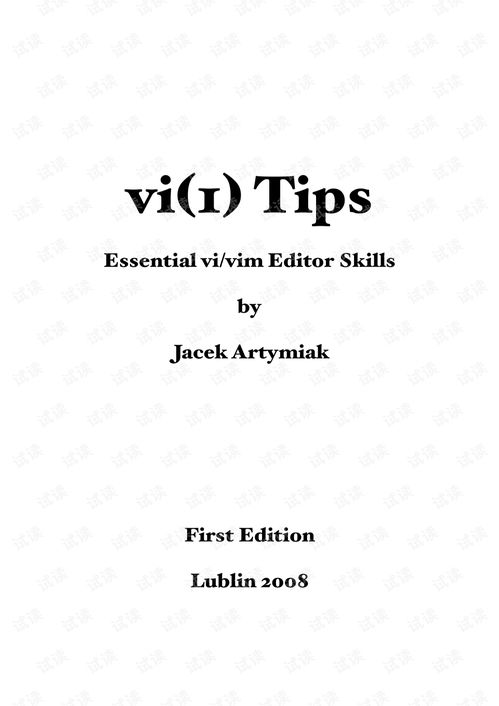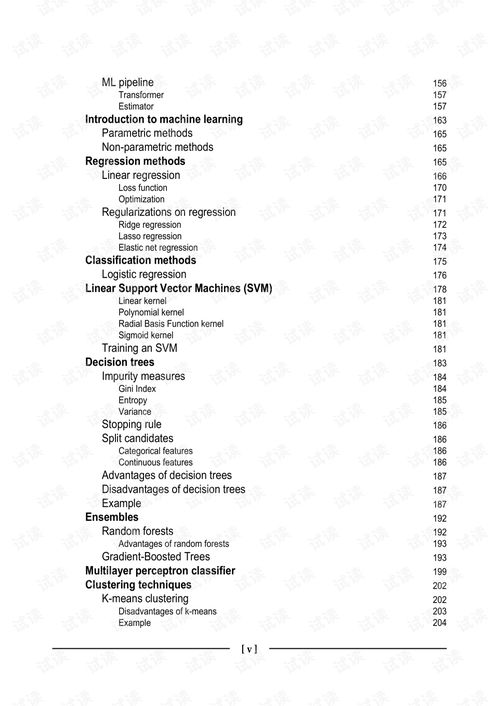Content:
Winter fishing can be a challenging yet rewarding experience for anglers. The cold weather often makes fish more elusive and requires a different approach to fishing techniques. One of the most crucial aspects of winter fishing is effective nesting, which involves creating a suitable environment for fish to feed and stay warm. In this article, we will discuss the essential techniques for winter fishing and how to master the art of nesting in cold weather.
Choose the Right Location
Finding the right location is the first step in successful winter fishing. Look for areas with deep water, as fish tend to congregate in these spots to escape the cold. Additionally, focus on areas with structure, such as rocks, logs, and brush piles, as they provide shelter and cover for fish.
Time Your Fishing
Winter fish are more active during certain times of the day. The best times to fish are typically early morning and late afternoon when the water temperature is warmer. Fish are less active during the middle of the day when the sun is high and the water temperature is at its coldest.
Use the Right Lures and Baits
In winter, fish are more selective about their food. To attract them, use smaller, more natural-looking lures and baits. Live bait, such as minnows, mayflies, and leeches, can be highly effective. Artificial lures like jigs, spinners, and soft plastics should be chosen for their subtle movements and realistic presentations.
Proper Nesting Techniques
Effective nesting is crucial for winter fishing success. Here are some essential techniques to consider:

a. Use the Right Nesting Material
Select a nesting material that is biodegradable and will not harm the environment. Popular options include cornmeal, oatmeal, or bread. These materials are easy for fish to digest and provide a slow release of nutrients.
b. Mix the Nesting Material with Attractants
To further enhance the effectiveness of your nesting, mix the material with attractants such as fish oil, honey, or maple syrup. These substances will help to mask the scent of the bait and attract fish to the area.
c. Place the Nesting Material Strategically
When placing the nesting material, distribute it evenly around your chosen location. Ensure that the material is not too thick, as this can create a barrier that fish may avoid. Aim to create a trail of nesting material that leads to your fishing spot, encouraging fish to follow the scent.
d. Regularly Replenish the Nesting Material
Winter fishing can be a slow process, and fish may not immediately respond to your nesting efforts. To maintain their interest, regularly replenish the nesting material, ensuring that there is always an attractive food source available.
Monitor and Adjust Your Techniques
As with any fishing technique, it is essential to monitor the effectiveness of your nesting efforts and make adjustments as needed. Pay attention to the behavior of the fish and the response to your bait. If you notice that the fish are not interested, try changing your location, lure, or nesting material.
Be Patient and Persistent
Winter fishing can be frustrating at times, but patience and persistence are key to success. Fish may be slow to respond, but with the right techniques and a willingness to adapt, you can still enjoy a rewarding day on the water.
In conclusion, mastering winter fishing and effective nesting techniques can significantly improve your chances of success. By choosing the right location, using the appropriate lures and baits, and employing strategic nesting methods, you can attract and keep fish interested in your chosen spot. Remember to be patient and persistent, and you'll be well on your way to a successful winter fishing experience.












